Palmetto Bluff Real Estate Company Sales Office
Office Hours
Monday-Friday 9am - 5pm
Saturday 9am - 4pm
Sunday 12 - 4pm
Saturday 9am - 4pm
Sunday 12 - 4pm
About the writer: Zoe Klauck is a senior at the University of South Carolina in Columbia. She is currently finishing her degree in anthropology and art history, and over the past four summers, she’s worked as an archaeology intern for the Palmetto Bluff Conservancy. Her work here is centered in the lab; cleaning, organizing, labeling, and reconstructing artifacts from the field.
Previously, I wrote about how reconstruction is an important part of the artifact identification process. This time, I want to share some of the other work as well as the reconstruction that I do in the lab.
Recently, I’ve been working on pipe bowl and stem fragments from a site at the south end of Palmetto Bluff. There are 721 stem-only fragments and 192 bowl fragments. As those numbers indicate, stem fragments are much more common than bowl pieces. One possible explanation for this is that people shared pipes, and each person would break off a piece of the stem to give themselves a fresh mouthpiece when they took the pipe. However, this clearly isn’t always true because some fragments have been filed down to create a smoother mouthpiece after a break. If people were simply sharing a pipe, they probably weren’t filing down the stem when they were handed the pipe. It’s more likely that the pipe stems were just fragile due to their surprising length. In the late 16th century, the average length of a pipe stem was 3.5 inches, but by the 18th century, styles had changed and the average length was 13 to 13.5 inches. These long, skinny clay stems broke easily and left hundreds of pieces at archaeological sites.
With the increase in length, there was a decrease in the size of the hole inside of the stem. The holes were created by running a wire through the stem while it was still in the mold. The shorter pipes could withstand a thicker center hole, while the longer pipes required a thinner hole. This means that archaeologists can date the stems by measuring the diameter of the hole.
A gauge for measuring the size of the hole in a pipe stem is one of the coolest tools I’ve ever used in the lab. It is a series of drill bits secured into a wooden base. The smallest size is 4/64th inch, and it increases by 1/64th of an inch all the way up to 10/64th inch. I measured all 721 pipe stem fragments by carefully sliding them onto each drill bit. Starting with the smallest and working my way up until I found the perfect fit. That drill bit size was the measurement recorded for that fragment. The most common sizes we had in our assemblage were 4/64 and 5/64. These measurements give us a date of 1750 to 1800 for the site.

In addition, I looked at all the fragments to search for patterns and any fits I could glue back together. Bowls and stems could be embossed with a pattern or left plain. Luckily for me, we had some of both. I’m still working on identifying the patterns and several are pretty cool to look at.

The three stems on the left are really amazing. The lower two were mended (glued back together) by me. Before the mending, it was almost impossible to tell those two very different patterns went to the same pipe. This is another example of why reconstruction is an important (and my favorite) step in artifact identification.
The stem on the lower right is also interesting. Instead of a pattern, it has letters. The bold capital script reads, “T. MORGAN LIVERPOOL.” After doing some research, Katie Epps, one of the Palmetto Bluff Conservancy’s archaeologists, and I were able to find out that T. MORGAN represents Thomas Morgan, a pipe maker in central Liverpool, England. He is listed in Gore’s Liverpool trade directory for 1790-1796. We also learned Thomas Morgan actually had two different maker’s marks, one for each factory. His first one was just “T. MORGAN LIVERPOOL” and his second one was “T. MORGAN LIVERPOOL 1.” Unfortunately, our stem fragment is broken right at the last “L” in Liverpool, so we have no way of knowing which maker’s mark we have.

Moving on to our decorated pipe bowl fragments, we have quite a variety. Identifying and dating exact patterns is proving harder than expected because so many designs were combined and reused over time. Since we only have relatively small fragments, we can’t see the whole pattern. However, the piece on the far right has a design with a purpose. When taking the finished pipe out of the mold, the pipe makers would trim or file down the mold line to give it a professional look. If there is a mistake with the mold line, some makers would cover the seam with leaves to hide the fault.
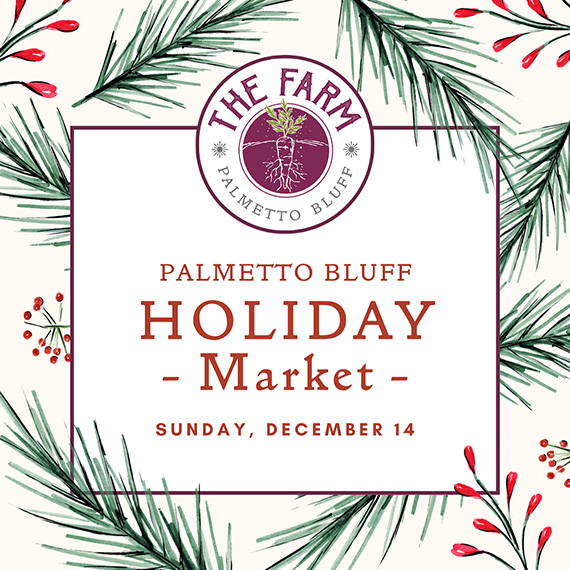
Sunday, December 14 | 9am to 1pmVillage GreenThe season’s most festive farmers market, the Holiday Farmers Market, comes to Wilson Village on Sunday, December 14, from 9am to 1pm. All are welcome to visit and experience the magic of holidays at the Bluff. The ...

Tucked amid whispering pines and overlooking a tranquil water trail, 11 Lyonia Street is where Lowcountry charm meets modern artistry. The newly built residence redefines Southern living with a balance of craftsmanship and calm. This is a home that feels both ...
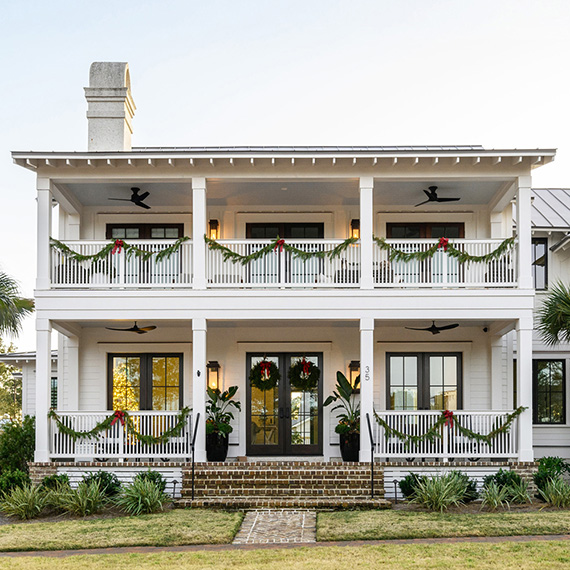
The holiday season in the Lowcountry brings crisp air, oaks draped in twinkling lights, and laughter drifting from homes where families and friends gather once again. At Palmetto Bluff, the holidays are more than just a season; they’re a feeling of togethernes...

https://vimeo.com/1071784239?share=copy&fl=sv&fe=ci We are excited to unveil the official brand identity for Palmetto Bluff’s newest chapter in golf, Anson Point Golf Course. Designed by golf icons Bill Coore and Ben Crenshaw and set within more t...
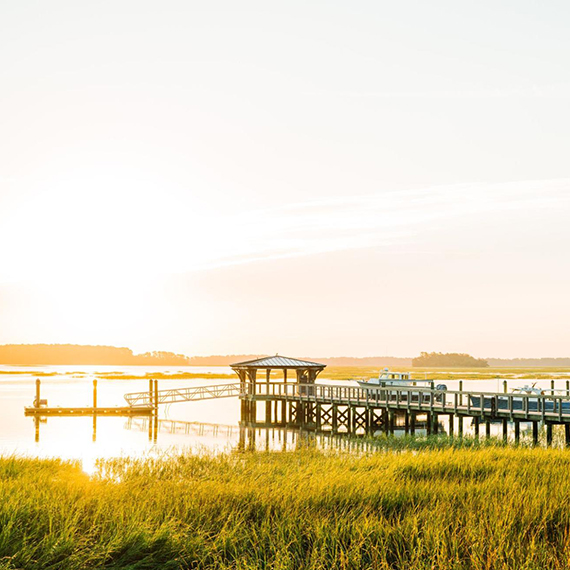
The golden glow of the marshes, the crisp air, and the sense of calm after a busy summer season all make this time of year unforgettable. Whether you’re enjoying the Bluff or exploring the wider coastal region, here are 5 reasons why fall is when the Lowcountr...

Here in the Lowcountry, the Conservancy brings FeederWatch to life with guided sessions at the Conservancy’s bird feeders. Education and Outreach Manager Aaron Palmieri leads these gatherings, teaching attendees how to identify wintering species, choose the ri...
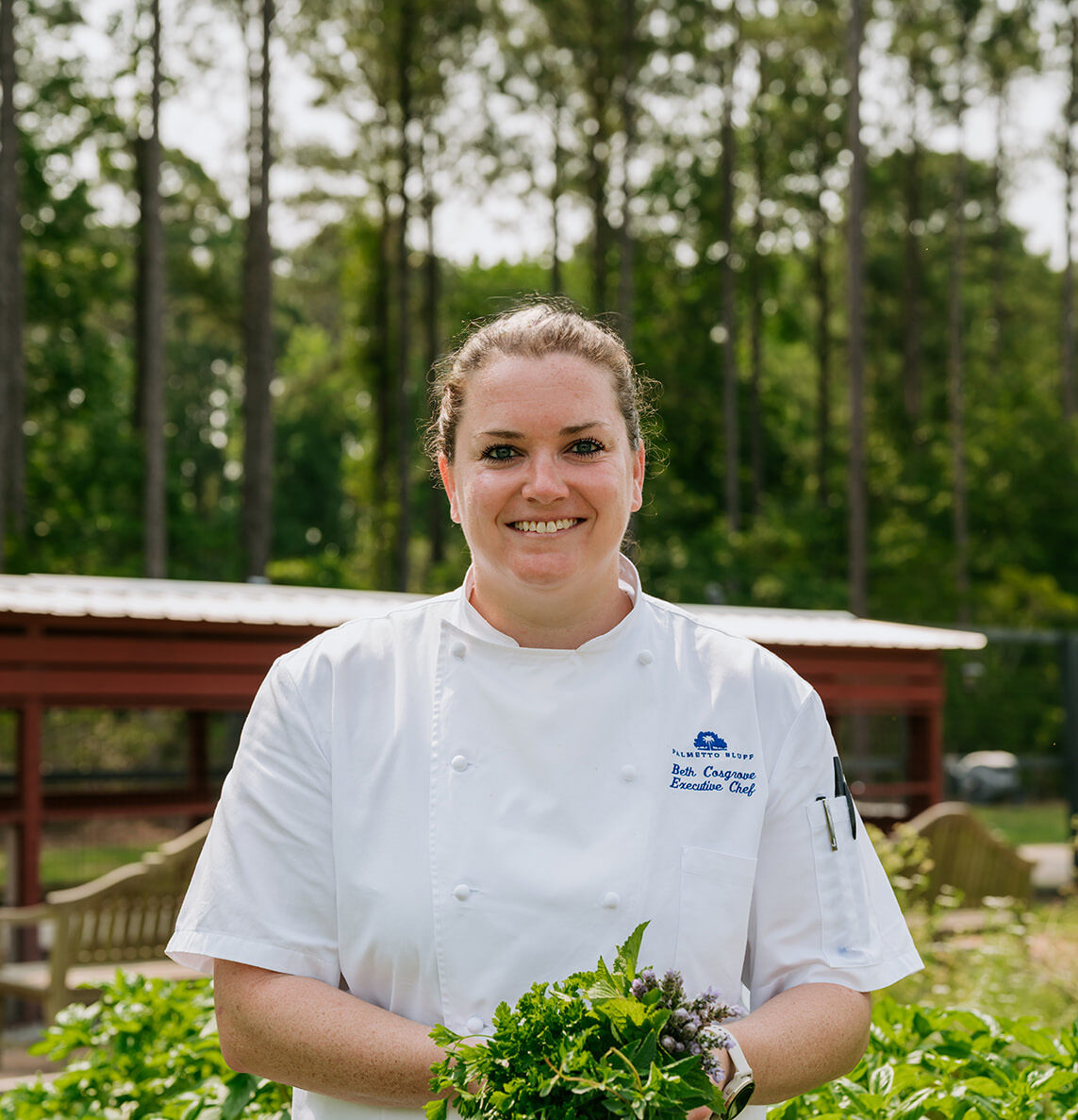
Ingredients 2 cups cooked sea island red peas, crushed with a fork 1 recipe of pimiento cheese dip (recipe below), room temperature 2 cups crème fraiche 1 cup fire-roasted bell peppers, sliced into strips 1.5 cups grilled corn, husked an...

At Palmetto Bluff, newly built homes are more than residences—they are carefully crafted retreats offering the best of Lowcountry living. Palmetto Bluff Real Estate Co. Agent, Amanda Cutrer, shares the benefits of buying “new” in the Bluff. Builder Support ...
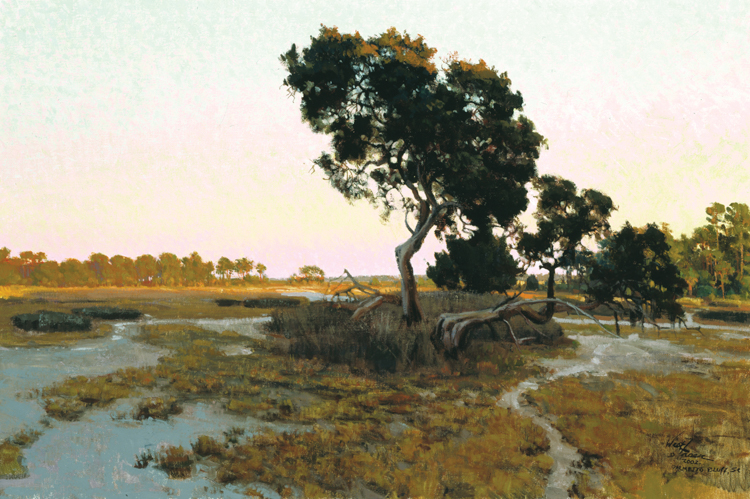
Visionary land planner Mark Permar reflects on Palmetto Bluff's rich history and its enduring connection to the land. With Anson on the horizon, the legacy of designing with nature lives on.How did you first get involved with Palmetto Bluff? I believe it was ...
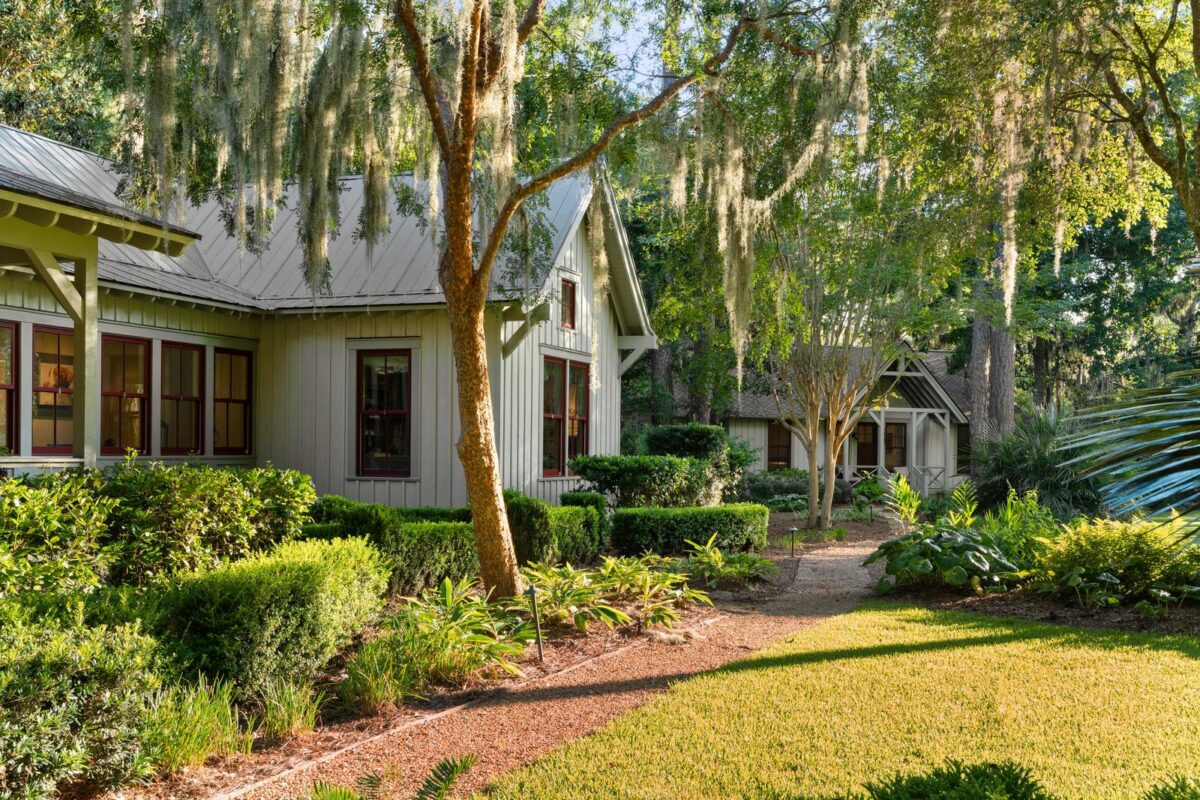
Explore Available Listings with Room For the Whole Family At Palmetto Bluff, life moves at the pace of the tides; slow enough to savor, yet rich with moments worth sharing. And when it comes to welcoming the people you love most, the right home makes all the ...
We do not attempt to independently verify the currency, completeness, accuracy or authenticity of the data contained herein. All area measurements and calculations are approximate and should be independently verified. Data may be subject to transcription and transmission errors. Accordingly, the data is provided on an “as is” “as available” basis only and may not reflect all real estate activity in the market”. © [2023] REsides, Inc. All rights reserved. Certain information contained herein is derived from information, which is the licensed property of, and copyrighted by, REsides, Inc.